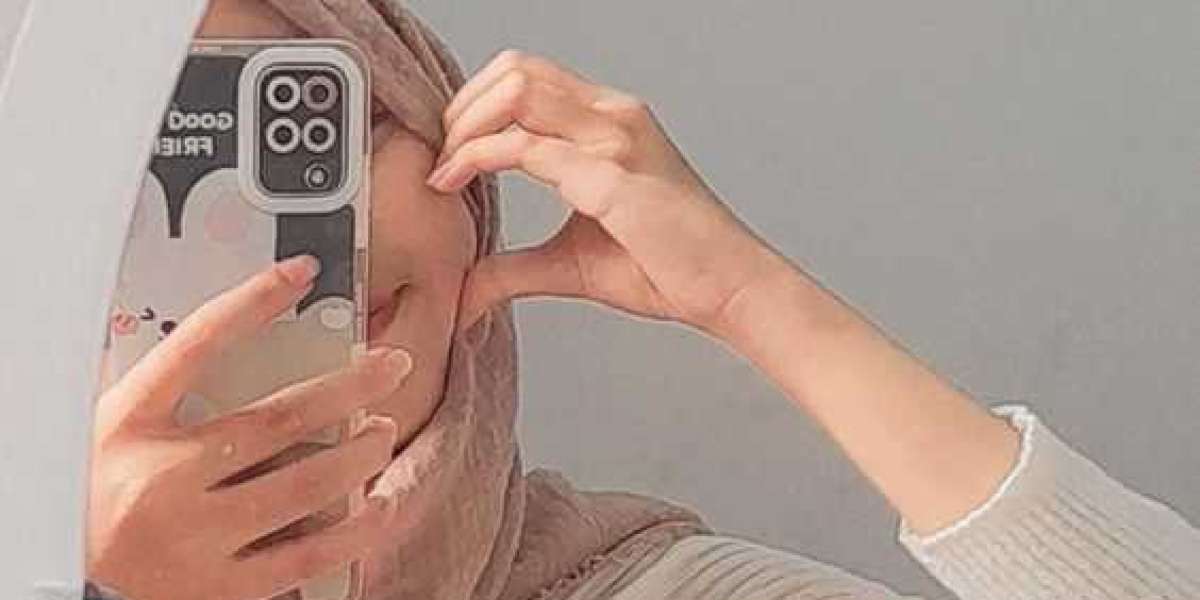When you digitize for embroidery, text can make or break your design. Whether it’s a bold brand name, a delicate monogram, or a catchy slogan, the right fonts and techniques ensure your embroidered text looks stylish, legible, and professional. Text embroidery requires precision to avoid issues like distorted letters or uneven stitches, and that’s where thoughtful digitizing comes in. In this blog, we’ll explore how to digitize for embroidery with style, share the best fonts for stunning results, and offer expert tips to elevate your text-based projects, with insights on why the best embroidery digitizing services like EMDIGITIZING are game-changers.
From choosing fonts that stitch cleanly to mastering stitch settings, digitizing text for embroidery is both an art and a science. With tools like AI and professional services, you can achieve flawless text designs that stand out on any fabric. Let’s dive into the essentials of creating eye-catching embroidered text with style.
Why Text Matters in Embroidery Digitizing
Text is often the focal point of embroidered designs, conveying messages, names, or branding with clarity and flair. When you digitize for embroidery, text must be carefully crafted to ensure it stitches smoothly and retains its visual appeal. Poorly digitized text can result in unreadable letters, thread breaks, or puckering, undermining the entire design.
Stylish text embroidery enhances:
- Brand Identity: A well-stitched logo or slogan reinforces professionalism.
- Personalization: Monograms and custom names add a unique touch.
- Versatility: Text works across apparel, home décor, and gifts.
By focusing on fonts and digitizing techniques, you can create text that’s both functional and visually striking.
Choosing the Best Fonts for Embroidery
Not all fonts are created equal when it comes to embroidery. The best fonts for digitizing are those that balance style with stitchability, ensuring clean lines and legibility. Here’s a guide to selecting fonts that shine when you digitize for embroidery.
Characteristics of Embroidery-Friendly Fonts
Embroidery-friendly fonts share key traits:
- Simplicity: Avoid overly intricate designs that lose clarity when stitched.
- Thickness: Bold or medium-weight fonts prevent thin lines from disappearing.
- Smooth Edges: Clean contours reduce the risk of jagged stitches.
These qualities ensure your text looks polished on fabrics like cotton, denim, or fleece.
Top Fonts for Embroidery
Here are some of the best fonts to consider when you digitize for embroidery:
- Arial: A classic sans-serif font with clean lines, ideal for small text and logos.
- Times New Roman: A serif font that adds elegance to monograms and formal designs.
- Block Fonts (e.g., Impact): Bold and sturdy, perfect for large, statement text.
- Script Fonts (e.g., Great Vibes): Flowing and decorative, great for personalized items, but use sparingly for clarity.
- Embroidery-Specific Fonts: Fonts like ESA or BX, designed for digitizing software, ensure seamless stitching.
When choosing, test fonts at the intended size to confirm they stitch cleanly.
Fonts to Avoid
Some fonts don’t translate well to embroidery:
- Thin Fonts: Delicate or ultra-light fonts can break or vanish during stitching.
- Highly Ornate Fonts: Excessive flourishes lead to cluttered stitches.
- Condensed Fonts: Tightly spaced letters may merge, reducing legibility.
Stick to fonts that prioritize clarity and durability for the best results.
Step-by-Step Guide to Digitize Text for Embroidery
To digitize for embroidery with style, follow this step-by-step process to ensure your text designs are both beautiful and functional.
Step 1: Select Your Font and Size
Choose an embroidery-friendly font based on your project’s needs. Consider:
- Purpose: Bold fonts for logos, elegant scripts for monograms.
- Size: Ensure letters are at least 0.25 inches tall for readability (larger for thin fonts).
- Fabric: Thicker fonts work better on textured materials like towels.
Testing fonts in digitizing software helps you visualize the outcome.
Step 2: Set Up Your Digitizing Software
Use software like Wilcom, Brother PE-Design, or Hatch to digitize text. These tools offer:
- Built-in embroidery fonts for quick setup.
- Stitch type options (satin, fill, or running) tailored to text.
- AI features to suggest optimal settings.
Import your font or type directly in the software, adjusting spacing and alignment for balance.
Step 3: Choose the Right Stitch Type
Stitch type impacts both style and durability. Common options include:
- Satin Stitches: Smooth and shiny, ideal for letters under 0.5 inches wide.
- Fill Stitches: Textured and bold, best for larger text or block fonts.
- Running Stitches: Simple outlines for minimalistic designs, but use cautiously to avoid gaps.
AI-powered tools can recommend stitch types based on font and size, but double-check for precision.
Step 4: Adjust Stitch Settings
Fine-tune settings to enhance style and performance:
- Density: Aim for 0.4–0.6 mm spacing to avoid puckering or gaps.
- Underlay: Add zigzag or center underlay to stabilize letters, especially on stretchy fabrics.
- Pull Compensation: Increase by 0.1–0.2 mm to account for fabric stretch during stitching.
These tweaks ensure text looks crisp and holds up over time.
Step 5: Test and Refine
Always stitch a test sample on similar fabric. Check for:
- Legibility of small letters.
- Even stitch coverage with no gaps.
- Thread tension and color accuracy.
If issues arise, adjust density, simplify the font, or consult a service like EMDIGITIZING for expert refinements.
How AI Enhances Text Digitizing
Artificial intelligence is revolutionizing how we digitize for embroidery, especially for text. AI tools streamline the process and elevate style, making it easier to achieve professional results.
Automating Font Optimization
AI-powered software can:
- Suggest embroidery-friendly fonts based on design goals.
- Automatically adjust letter spacing and alignment for balance.
- Convert standard fonts into stitch-ready formats.
This saves time and ensures text looks polished from the start.
Error Detection
AI excels at spotting potential issues before stitching begins:
- Flags thin letters that may break or vanish.
- Warns about dense areas that could cause puckering.
- Recommends simplifications for intricate scripts.
These insights help you avoid costly mistakes.
Speed and Scalability
For businesses or bulk projects, AI processes text designs quickly, maintaining style across multiple files. Services like EMDIGITIZING use AI to deliver fast, high-quality text digitizing for logos, monograms, and more.
Why Choose the Best Embroidery Digitizing Services?
While DIY digitizing is rewarding, professional embroidery digitizing services offer unmatched precision and style for text designs. Companies like EMDIGITIZING combine expertise with technology to deliver flawless results.
Benefits of Professional Services
Hiring a service provides:
- Expert Font Selection: Digitizers choose fonts that stitch perfectly for your project.
- Custom Adjustments: Tailored stitch settings for specific fabrics and machines.
- Quality Assurance: Test stitches to guarantee legibility and durability.
EMDIGITIZING stands out by blending AI efficiency with hands-on craftsmanship.
How Professionals Enhance Text Designs
The best embroidery digitizing services use a hybrid approach:
- AI for Speed: Automates initial text setup and stitch mapping.
- Human Oversight: Refines details like kerning, density, and underlay.
- Versatility: Handles everything from tiny monograms to bold slogans.
This ensures your text embroidery is stylish and functional, no matter the complexity.
Top Tips for Stylish Text Embroidery
Elevate your text designs with these expert tips to digitize for embroidery with style.
- Keep It Simple: Choose clean fonts for small text to maintain clarity.
- Balance Spacing: Adjust kerning to prevent letters from merging or spreading too far.
- Use Underlay Stitches: Stabilize text on stretchy or thick fabrics for sharper results.
- Match Thread Colors: Select threads that complement the font and fabric for a cohesive look.
- Test Multiple Sizes: Ensure text looks great whether it’s 0.25 inches or 2 inches tall.
- Partner with Experts: Services like EMDIGITIZING can perfect tricky text designs effortlessly.
These strategies help your text stand out with flair and professionalism.
Common Mistakes to Avoid
Even with the best intentions, text digitizing can go wrong. Here’s how to sidestep common pitfalls.
Using Unsuitable Fonts
Fancy or thin fonts often lose detail when stitched. Stick to bold, clean fonts for small text and reserve scripts for larger designs. Testing fonts beforehand catches issues early.
Ignoring Fabric Needs
Different fabrics demand different settings:
- Lightweight Fabrics: Reduce density to avoid puckering.
- Thick Materials: Increase stitch depth for visibility.
Always specify fabric type when digitizing or working with services like EMDIGITIZING.
Skipping Test Stitches
Rushing to production without testing can lead to:
- Illegible text, especially at small sizes.
- Thread breaks from overly dense stitches.
- Misaligned letters due to poor planning.
A quick test stitch saves time and frustration.
Conclusion
To digitize for embroidery with style, mastering text design is essential. By choosing the right fonts, optimizing stitch settings, and leveraging AI or professional services like EMDIGITIZING, you can create text that’s bold, legible, and visually stunning. Whether you’re embroidering a logo, monogram, or custom message, thoughtful digitizing ensures your text shines on any fabric.
With the tips and techniques shared here, you’re equipped to avoid common mistakes and embrace creativity. Stylish text embroidery is within reach—whether you go DIY or trust the best embroidery digitizing services to bring your vision to life.
FAQs
Q: What does it mean to digitize for embroidery text?
Digitizing for embroidery text involves converting letters into a digital file that guides an embroidery machine. The file specifies stitch types, density, and placement to ensure text is clear and stylish when stitched.
Q: What are the best fonts for embroidery?
The best fonts include Arial, Times New Roman, block fonts like Impact, and embroidery-specific fonts like ESA. These are clean, bold, and stitch smoothly, ensuring legibility and style.
Q: How does AI improve text digitizing?
AI automates font optimization, adjusts spacing, and detects errors like thin letters or dense stitches. It speeds up the process while maintaining high-quality, stylish results.
Q: Why use professional embroidery digitizing services for text?
Professional services like EMDIGITIZING offer expert font selection, custom stitch settings, and quality checks. They ensure text designs are precise and stylish, especially for complex projects.
Q: What mistakes should I avoid when digitizing text?
Avoid thin or ornate fonts, ignoring fabric needs, and skipping test stitches. These can lead to illegible text, puckering, or thread breaks, ruining the design’s style.








